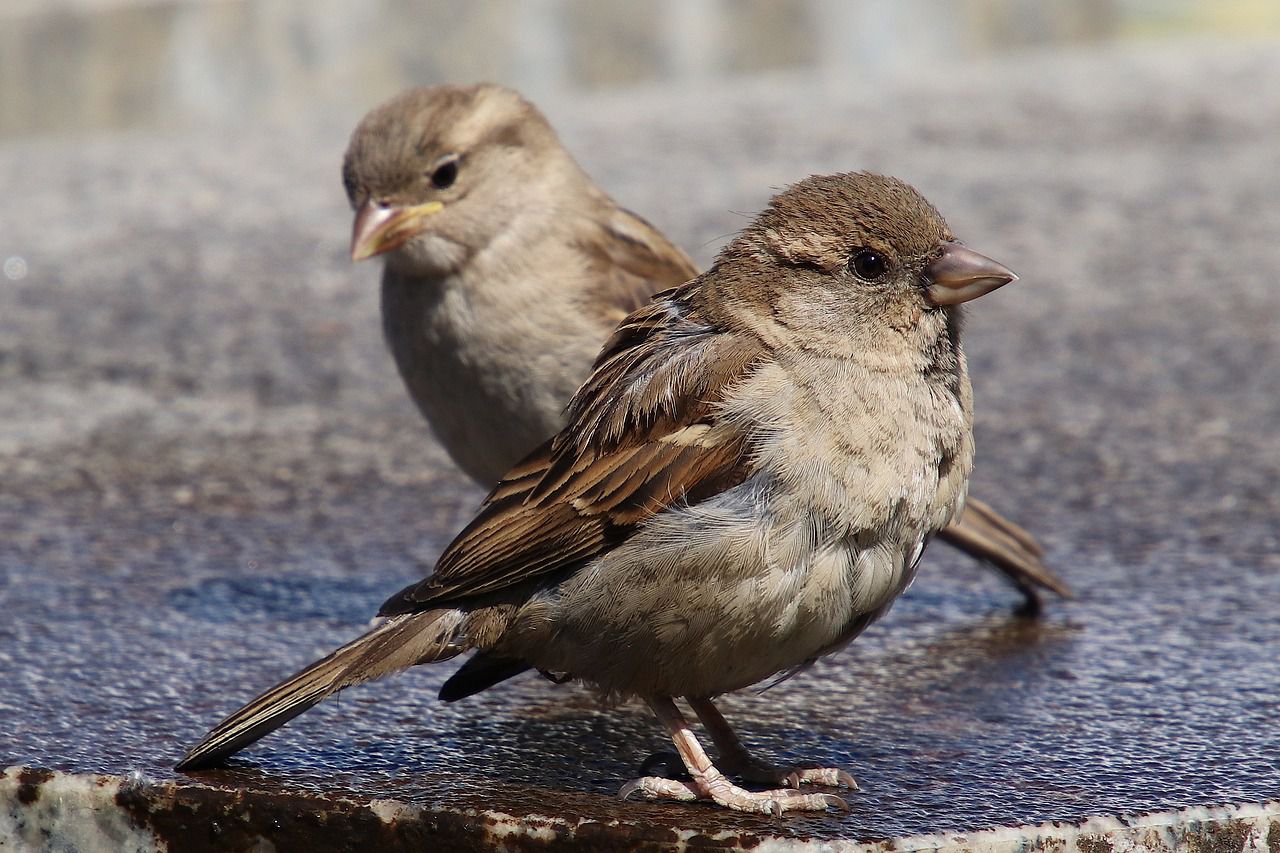Over the span of 100 years, various animals have undergone significant changes, often influenced by human activities, environmental shifts, and natural selection.
While 100 years is not enough for drastic changes, you can still spot some differences.
Some notable examples include these.

Domestic Dogs
Selective breeding and human intervention have led to a vast array of dog breeds with diverse appearances and traits, from the tiny Chihuahua to the massive Great Dane.
Pigeons
Urban environments have caused changes in pigeon behavior and appearance.
City-dwelling pigeons often have different coloration and behavior compared to their rural counterparts.
Peppered Moths
The industrial revolution led to changes in the prevalence of peppered moth color variations.
Darker moths became more common in polluted areas due to camouflage against soot-covered surfaces.
Cane Toads
The introduction of cane toads to various regions, such as Australia, has resulted in rapid changes in behavior and physiology to adapt to new environments.
House Sparrows
Human urbanization has influenced house sparrows to adapt to city life, altering their behavior, diet, and nesting habits.
Atlantic Cod
Overfishing and environmental changes have led to significant declines in the size and reproductive rates of Atlantic cod populations.
Elephants
Intense poaching for ivory has led to a shift in the elephant population, with a rise in individuals born without tusks due to genetic factors.
Butterflies
Climate change has affected the timing of butterfly life stages, leading to shifts in flight patterns, migration, and seasonal behaviors.












